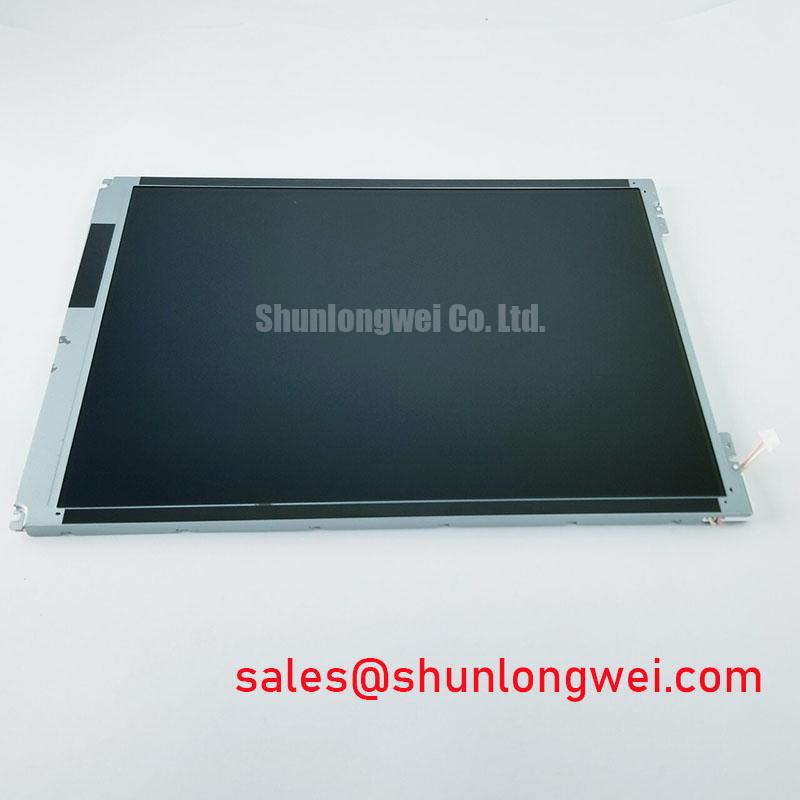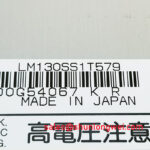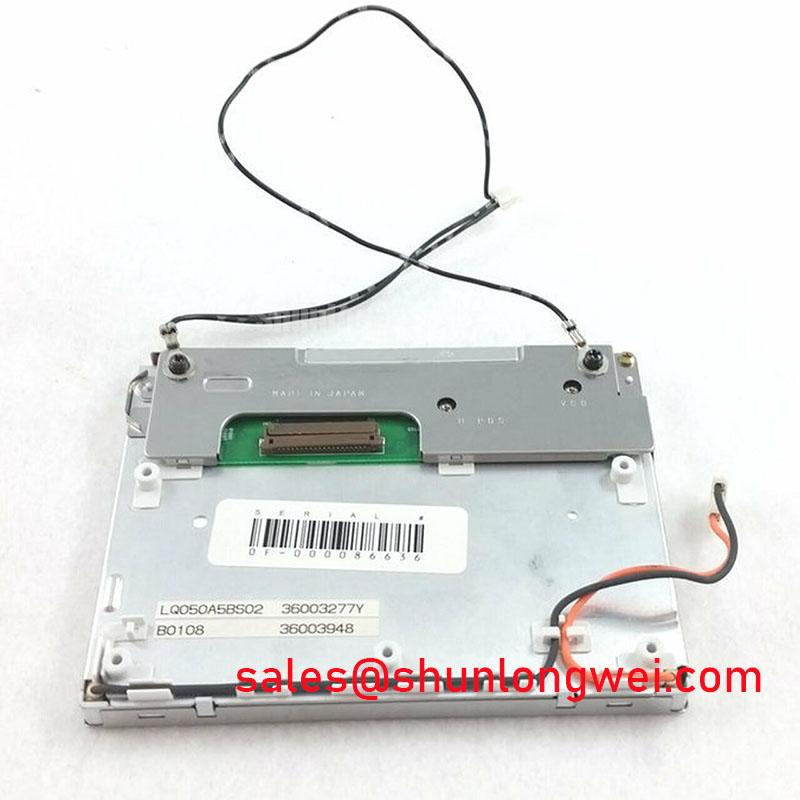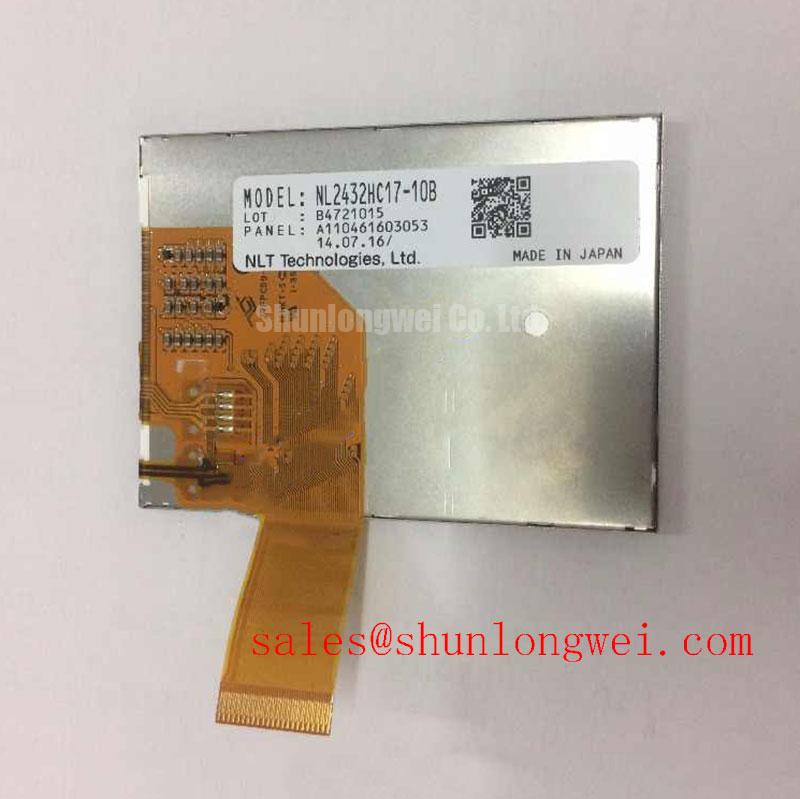LM130SS1T579: Durable 13-inch SVGA Display for Industrial HMIs
Engineered for operational integrity in demanding settings, the Sharp LM130SS1T579 is a 13.0-inch Color STN-LCD module designed for longevity. Imagine an interface on a factory floor control panel, constantly subjected to vibration and fluctuating temperatures; this display is built to maintain visual clarity in such scenarios. Key specifications include an 800x600 SVGA resolution, a 50:1 contrast ratio, and a CCFL backlight system. Its primary benefits are its durable construction and consistent performance across its operating range. For engineers questioning its suitability for unheated environments, the LM130SS1T579 is specified for operation in temperatures from 0 to +40°C, ensuring functionality in many indoor industrial and commercial spaces.
Engineering for Uptime: A Look Inside the LM130SS1T579's Construction
A detailed examination of the LM130SS1T579 reveals a design philosophy centered on mechanical and operational robustness. The unit is a 13.0-inch diagonal Color Super-Twist Nematic (CSTN) LCD panel, a technology known for its reliability and cost-effectiveness in delivering clear, color-rich visuals for utility-focused applications. The display's structure is built to provide a stable and resilient visual interface for Human-Machine Interface (HMI) systems, diagnostic equipment, and instrumentation where consistent uptime is a primary engineering concern.
The integrated Cold Cathode Fluorescent Lamp (CCFL) backlight system provides illumination with a typical brightness of 100 cd/m², a level suitable for most indoor industrial environments. This type of backlight has a long-established track record of service life and stable output. What makes the LM130SS1T579 suitable for industrial use? Its robust mechanical design and wide operating temperature range provide a dependable foundation for system designers. For deeper integration insights, consult our guide on industrial vs. consumer displays.
Where Resilience Matters: Deploying the LM130SS1T579
The LM130SS1T579 is specified for applications where environmental conditions are a key design consideration. Its attributes make it a strong candidate for deployment in a variety of sectors:
- Industrial Control Panels: In manufacturing facilities, the display can serve as the primary HMI for machinery control, process monitoring, and data visualization, where its structural integrity ensures it can withstand the rigors of the factory floor.
- Test and Measurement Equipment: For laboratory and field-based instrumentation, the SVGA resolution provides sufficient detail for displaying waveforms, readings, and system statuses clearly.
- Point-of-Information Kiosks: In semi-controlled environments like building lobbies, transportation hubs, or retail settings, this display can function as a reliable information terminal.
With an operating temperature range specified from 0 to +40°C and a storage temperature tolerance from -25 to +60°C, the LM130SS1T579 is engineered for reliability in environments that are unheated but protected from extreme cold. For applications requiring similar resolutions in a more compact format, the G104S1-L01 offers a 10.4-inch SVGA option.
Meeting the Demand for Ruggedized Visual Interfaces
The trend towards smarter, more connected industrial operations places greater emphasis on the durability of user interfaces. A display is often the critical link between an operator and a complex system, and its failure can lead to significant downtime and operational disruption. The LM130SS1T579 directly addresses this need by focusing on core durability rather than non-essential features. Its proven TFT-LCD technology and robust construction align with the industry's demand for components that contribute to a lower total cost of ownership through extended service life and dependable performance. As automation expands into more demanding settings, the value of displays engineered for environmental resilience continues to grow.
Data-Informed Evaluation: LM130SS1T579 Parameter Analysis
For system integrators, evaluating components based on verifiable data is paramount. This section provides a factual comparison to aid in the decision-making process. The selection of a display is often a balance between performance metrics and operational requirements.
The LM130SS1T579 provides a typical contrast ratio of 50:1, which is characteristic of CSTN technology and adequate for displaying clearly delineated graphics and text in typical HMI applications. Its response time of 150 ms (Typ.) is suitable for interfaces where information updates are not at video rate, such as status dashboards and control menus. In contrast, for systems that require high-definition video playback or more vibrant color saturation, a panel like the G156HAN02.1 with its Full HD resolution and AHVA technology might be considered. This data-first approach, detailed further in The Ultimate Guide to TFT-LCD, allows engineers to align component capabilities directly with project needs.
In the Field: Evidence of Durability
While specific case studies are proprietary, the deployment of displays with specifications like the LM130SS1T579 often follows a common theme: enabling functionality where standard consumer-grade screens would falter. Consider a CNC machine controller on a busy shop floor. The operator interface is subject to constant low-level vibrations and potential exposure to airborne particulates. The robust bezel and internal construction of an industrial-grade module ensure that connections remain secure and the panel itself is protected from mechanical stress, ensuring the machine's control interface remains operational shift after shift. This focus on physical resilience is a key differentiator for industrial components.
Core Specifications for the LM130SS1T579
The following parameters are derived from the product specifications for the Sharp LM130SS1T579. For complete design and integration data, reviewing the official manufacturer datasheet is recommended.
| Display Characteristics | |
|---|---|
| Screen Size | 13.0 inches |
| Resolution | 800 x 600 (SVGA) |
| Panel Technology | CSTN (Color Super-Twist Nematic), Normally Black, Transmissive |
| Contrast Ratio | 50:1 (Typ.) |
| Brightness | 100 cd/m² (Typ.) |
| Response Time | 150 ms (Typ.) |
| Backlight & Electrical Ratings | |
| Backlight System | 1 CCFL (Cold Cathode Fluorescent Lamp) |
| Logic Voltage | 3.3V (Typ.) |
| Mechanical & Environmental Specifications | |
| Operating Temperature | 0°C to +40°C |
| Storage Temperature | -25°C to +60°C |
Frequently Asked Questions (FAQ)
What is the primary advantage of the CSTN panel in the LM130SS1T579?
The Color Super-Twist Nematic (CSTN) technology provides a cost-effective and reliable solution for applications that require clear color and text display without the high-speed performance or wide viewing angles of more advanced technologies. Its established manufacturing process contributes to its robustness and consistency for industrial HMIs.
Is the LM130SS1T579's brightness sufficient for outdoor use?
With a typical brightness of 100 cd/m², this display is designed and best suited for indoor or heavily shaded environments. It does not have the high luminance required for direct sunlight readability. What is the benefit of its normally black mode? It provides a deep black background, which enhances the perceived contrast ratio.
To fully assess the integration of the LM130SS1T579 into your specific system architecture, it is essential to consult the official datasheet. For further inquiries regarding procurement or technical evaluation, please contact our support team to receive detailed documentation and support for your design cycle.












